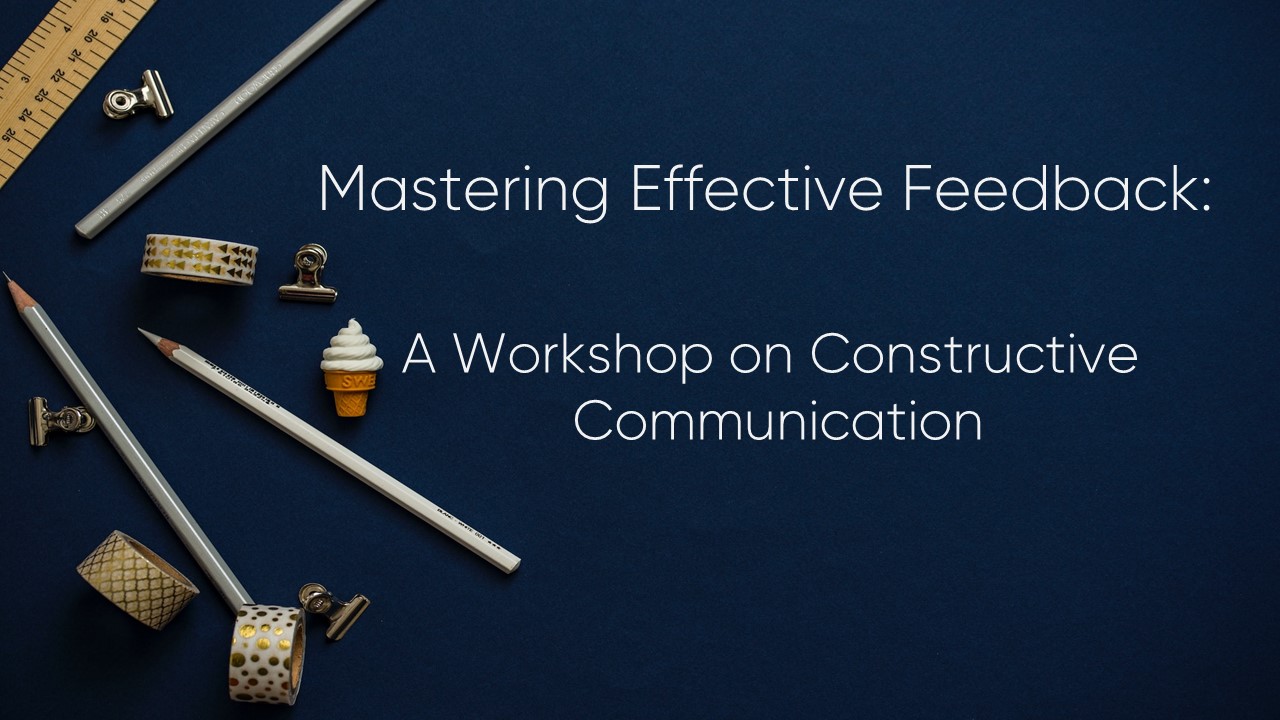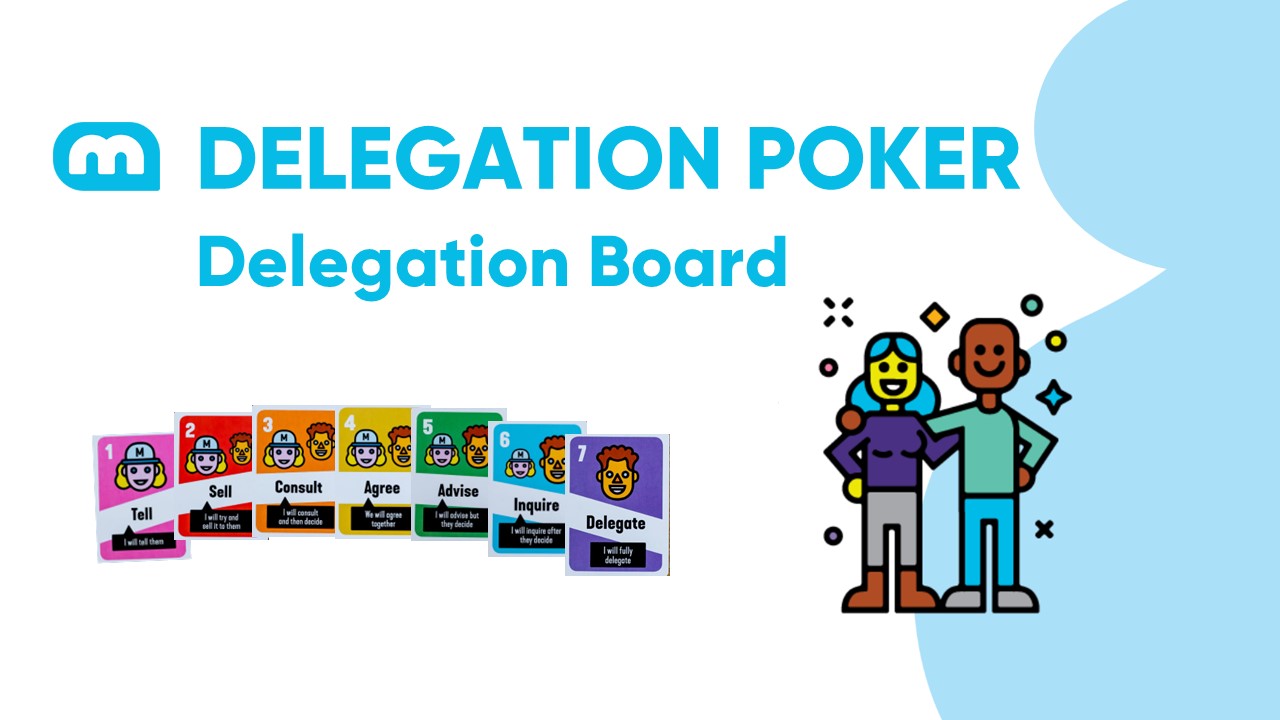As I continue to dive into the variety of tools offered by Management 3.0, the next instrument on my list is the Happiness Door. This tool is a simple yet powerful feedback mechanism designed to gauge the mood and satisfaction of team members when facilitating workshops, retrospectives or other events.
The Happiness Door is essentially a feedback board placed at the entrance or exit of a meeting room or workspace if the events is offline. It provides a space where participants can post notes expressing their feelings about a particular meeting, workshop, or the workday in general. These notes are typically color-coded, ranging from green (happy) to red (unhappy), with varying shades representing different degrees of satisfaction. You can use this tool online as well and the participants will use not the stickers but 3-4 emojis as I usually do.
I apply this tool at workshops and retrospectives. The Happiness Door is an excellent for these events. As team members leave the meeting, they can mark the emoji indicating how they felt about it. This immediate feedback helps me understand their mood and whether it worked well or needs improvement. But the most imoprtant is – it helps me to apply the core principle – inspect and adapt.
The Happiness Door is a simple yet powerful feedback mechanism designed to gauge the mood and satisfaction of team members when facilitating workshops, retrospectives or other events.
It helps me to apply the core principle – inspect and adapt.
I have found that the Happiness Door not only promotes a sense of transparency and openness but also serves as a barometer for the effectiveness of my sessions. The immediate visual feedback helps me feel the atmosphere and adjust my approaches for future workshops. It’s a testament to the dynamic nature of Management 3.0 and its emphasis on creating an environment where feedback is not only encouraged but also celebrated.
What is the other impact this toll can have? Let’s see together. Well, the result of implementing the Happiness Door can be multifold, forexample:
- Real-Time Feedback: It provides instant feedback, allowing for quicker responses to team morale issues.
- Visual Data Representation: Over time, the door becomes a visual representation of the team’s mood, which can be analyzed for patterns and trends.
- Encourages Openness: It promotes a culture of openness and honesty, as team members share their feelings without direct confrontation.
- Improves Engagement: By acknowledging their feedback, team members feel heard and valued and it can improve engagement and motivation.
At first glance, this tool may appear deceptively simple, perhaps even insignificant. However, once you integrate it into practice and observe the outcomes, you’ll realize its true value. It’s far more than a mere instrument for feedback—it’s a portal to a more joyful and efficient work environment. When put into action effectively, it has the potential to drive substantial enhancements in team dynamics, elevate the success of projects, and elevate the overall contentment within the job sphere.
What about you? Do you often use the Happiness Door? Have you noticed how it influence you or the team? Please share you experience.
Do not hesitate to contact me on Telegram or at LinkedIn – just click one of these words.




